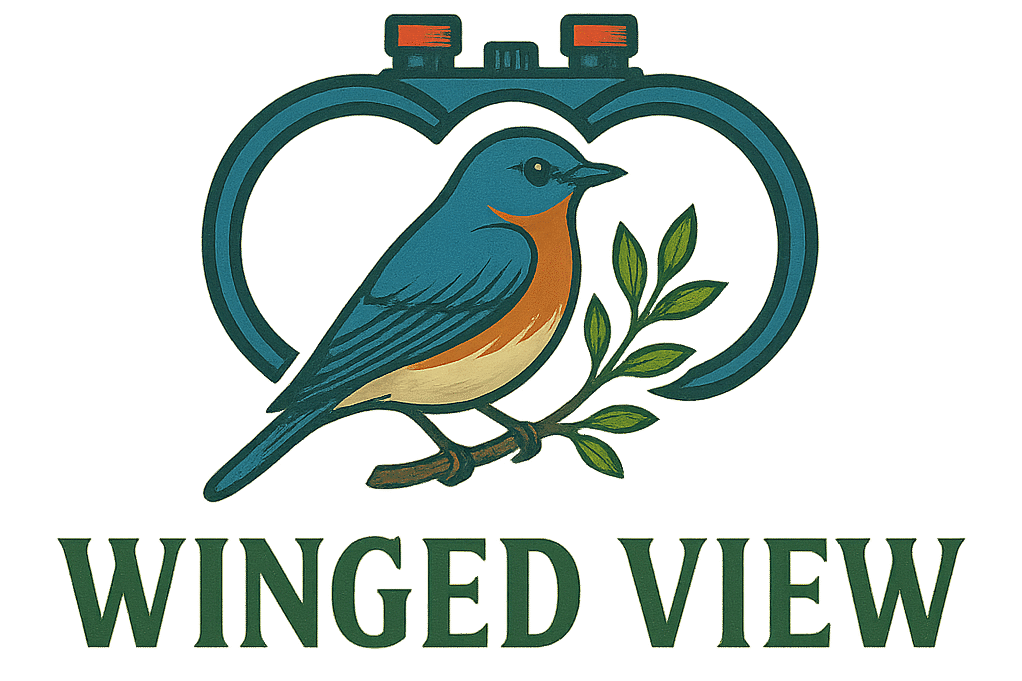 Diving into the world of binoculars might seem a bit overwhelming at first, but having some basic insights can make the journey a whole lot smoother. When you start browsing options, a whole bunch of specs like field of view, exit pupil, and magnification will flood in. These terms sound technical, but they shape how well you can see things, how bright your view is, and your overall comfort while using them.
Diving into the world of binoculars might seem a bit overwhelming at first, but having some basic insights can make the journey a whole lot smoother. When you start browsing options, a whole bunch of specs like field of view, exit pupil, and magnification will flood in. These terms sound technical, but they shape how well you can see things, how bright your view is, and your overall comfort while using them.
Let’s break it down a bit. Magnification indicates how many times closer the object appears. So, if you’re checking out a pair labeled 10×42, the ’10x’ is the magnification. The higher it is, the closer stuff gets. However, more magnification might narrow your field of view, making it tricky to follow fast-moving subjects like birds.
That brings us to focus types—center-focused versus individual, each offering a unique experience. With center-focused binoculars, you can adjust both lenses at once, handy when spotting a flying bird and quickly wanting to refocus. Individual focus might suit you better for marine or long-distance viewing situations.
Eye relief is often overlooked, yet crucial for those who wear glasses. This is the distance your eye can be from the eyepiece and still see the full picture. Binoculars with a longer eye relief can provide a full-field view without needing to ditch the specs.
Then there’s the construction. Binoculars are an investment, and a sturdy build is always handy. Check if they’re made from quality materials like rubber armoring, which adds durability and protects against minor bumps and scrapes. This will ensure they stay in great condition no matter where your adventures take you.
Selecting Binoculars for Bird Watching: Essential Factors to Consider
Bird watching might seem straightforward, but picking the right binoculars can really up your game. It’s all about getting that perfect blend of magnification and clarity. For bird watchers, binoculars with a magnification of 8x to 10x usually hit the sweet spot. They offer enough power to see details yet still have a wide enough view to track birds flitting about.
The objective lens diameter is next on the list. Measured in millimeters, it dictates how much light enters the binoculars. Bigger lenses, like 42mm or 50mm, let in more light, providing brighter and clearer images. This is especially useful during dawn or dusk, the favorite times for many birds to be active.
Don’t overlook weight and size. Lugging around giant binoculars on a long day of birding quickly gets tiring. Choose something lightweight and compact so you feel comfortable for hours out in the field.
Now, let’s talk about tracking birds. Binoculars with a quick focus and wide field of view make following fast or erratically moving birds way less frustrating. You want ones that let you adjust focus swiftly without losing sight of your feathered target.
Budget might dictate your choices, but you don’t need to start with expensive optics. There are plenty of solid options for beginners that won’t break the bank but do the job well. It’s all about balancing what you need in features with what you can afford, gradually upping your kit as you gain more experience.
Trusted Brands and Models: Recommendations for Beginners
When you’re new to bird watching, picking binoculars from trusted brands can make all the difference. Companies like Nikon, Celestron, and Vortex are well-regarded and offer models that are both user-friendly and packed with quality optics.
For those kicking off their birding adventure, consider models like the Nikon Prostaff 3S or the Celestron Nature DX. They’re popular among novices for their balance of performance and affordability. These models provide excellent clarity without overwhelming with advanced, pricey features right out the gate.
Let’s look at what you get with some of these models. The Nikon Prostaff 3S, for instance, offers a waterproof and fog-proof design, essential for unpredictable weather conditions. It’s light and quite comfortable to handle, perfect for a day out spotting birds.
The Celestron Nature DX, another favorite, comes with phase-coated optics, giving a sharp and bright image no matter your surroundings. Plus, it’s robust enough to cope with more challenging terrains if you’re venturing further into the wild.
Don’t just take my word for it. Dive into user reviews and expert opinions. Learn from others who’ve trod the path before you. Fellow bird watchers can offer insights into the real-world performance of these models, sharing what works best during various birding exploits.
Look out for special features like water resistance and anti-fog coatings, especially if you plan to bird watch in different seasons or environments. These are stand-out features that enhance the usability and longevity of your chosen binoculars.
Where and How to Purchase Binoculars: Tips for a Confident Buy
Finding the right place to buy binoculars doesn’t have to be daunting. You’ve got two main routes: brick-and-mortar stores and online shopping. Each has its perks, so let’s compare.
Physical stores offer the chance to feel binoculars in your hands, try them out, and talk to knowledgeable staff. They can provide firsthand advice and guide you based on your specific needs and preferences. Plus, actually seeing and holding the binoculars can be a game-changer, especially when it comes to evaluating size and weight.
Online stores, on the other hand, offer a convenient way to explore a broader range of options from the comfort of your own home. Websites often provide detailed specs, user reviews, and comparison tools which can be incredibly valuable when you’re researching. Discount deals online can sometimes save you a few bucks as well.
Wherever you decide to shop, ensure you’re dealing with authorized dealers. This way, you’re securing genuine products, often backed by solid warranties and support from the manufacturer.
Speaking of warranties, always check the warranty terms and return policies. A good return policy allows you to test the binoculars for comfort and performance without any risks. It gives you peace of mind, knowing that if they’re not quite right, you can exchange them.
Consider building a checklist before your purchase: Ideal magnification, weight, lens size, and price range are all key things to watch out for. Doing your homework means you’re more likely to end up with binoculars that suit your birding needs perfectly.
